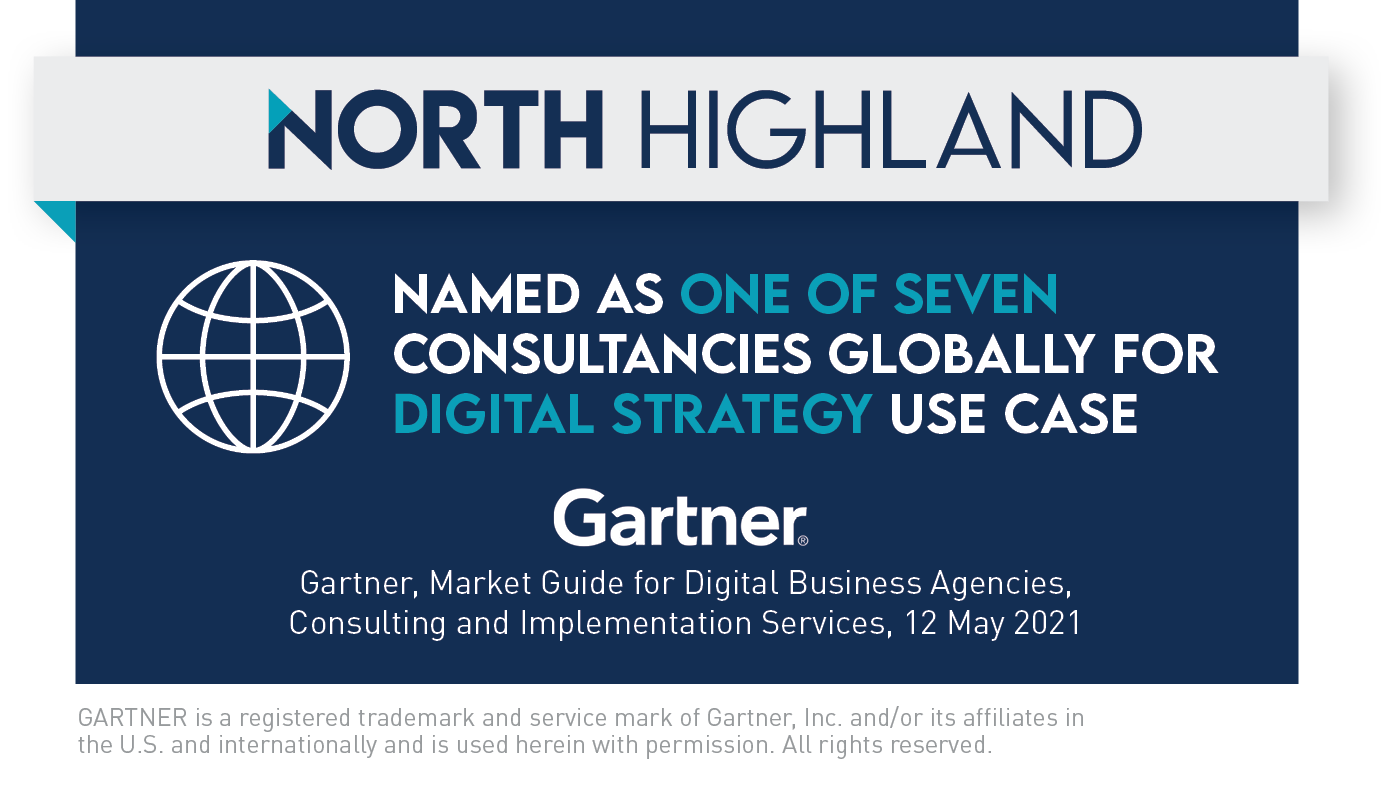A Digital Core is an array of modern platforms and operating capabilities that give organizations the flexibility to adapt and respond quickly to new opportunities, challenges, and regulations. At the same time, they provide the stability and reliability for sustained growth in the face of constant disruption.
A Digital Core enables organizations to integrate and automate business activities of customers, the workforce, and operations, to give all stakeholders a common view of the company. This helps the organization tap into insights, reduce costs, increase speed to market, and improve reliability. Importantly, having a Digital Core also enables businesses to protect their organizations from third-party risk.
Take, for example, the 2020 cybersecurity attack on major U.S. information technology firm SolarWinds. A quick read of what is known about this hack will lead you to believe that very little could have been done to prevent this event. But one thing is certain: it will happen again, and there are steps every organization must take today to ramp up their cybersecurity.
The number one step businesses should consider is establishing a modern Digital Core. This is an investment you won’t regret. The organizations that establish a Digital Core are primed to respond to security threats, adapt quickly, and reconfigure defenses. With a Digital Core:
- Modern architectural capabilities like Virtualization help accelerate the vulnerability and patch management processes that are critical for responding to threats.
- Modern Privileged Access Management enables organizations to rapidly reduce risk exposure and reset access quickly and securely for critical systems.
Once you’ve established a Digital Core, there are steps you can take to ensure you get the most value out of your investment:
- Identify opportunities to modernize your Digital Core to help jump-start your program. Much of modernization is about simplification. Too many systems and vendors create complexity that can increase vulnerability. Simplifying your Digital Core into modern platforms and operating capabilities allows you to improve reliability and security. This has the ancillary benefit of increasing speed to market for your business.
- Evaluate the adaptiveness of your Digital Core architecture. Determine if there are any process improvements you can make that might increase your team’s ability to quickly respond to a security incident.
- Create a risk model to prioritize gaps. Security is an “always on” project, and it’s easy to throw a lot of time and resources at complicated, expensive improvement projects. While you should seek opportunities to enhance your security framework, it’s important to establish a simple risk model that can help you prioritize efforts and bring order to the seemingly never-ending list of to-dos.
- Pilot your process and set up continuous improvement to refine your team’s approach. In today's ever-changing and complex world, continuous improvement remains as relevant as ever to organizations. But continuous improvement methodologies themselves are constantly evolving, and many organizations struggle to determine which approach or method is best for their business. In our experience, it’s best to begin with a consistent, repeatable focus on continuous improvement, rather than worry about which methodology to embrace. Be sure to operationalize your continuous improvement routines to increase the resiliency of your Digital Core. This will be important in the face of a high-profile security threat.
Even with these enhancements, there will always be more to do when it comes to evolving your Digital Core. The key is to ensure that your organization keeps evolving – and having an adaptive Digital Core helps you do this more quickly. In the current security climate, organizations must cast aside fixed mindsets that consider security transformation as an event or moment in time. Instead, the path forward is a journey of perpetual improvement of security and continuous improvement of the adaptiveness of the Digital Core.
 At North Highland, we’ve been on this journey for the last few years with our own technology systems. As we’ve worked to modernize and simplify our Digital Core technologies, our IT function has become more adaptive and agile. Our Digital Core was put to the test in the face of the SolarWinds incident, and our vulnerability management processes allowed us to prioritize risk, quickly respond, and successfully safeguard our systems.
At North Highland, we’ve been on this journey for the last few years with our own technology systems. As we’ve worked to modernize and simplify our Digital Core technologies, our IT function has become more adaptive and agile. Our Digital Core was put to the test in the face of the SolarWinds incident, and our vulnerability management processes allowed us to prioritize risk, quickly respond, and successfully safeguard our systems.
It’s clear that having an adaptive and resilient Digital Core is a necessity, not a luxury, in today’s complex, fast-paced security environment.
Related Content



